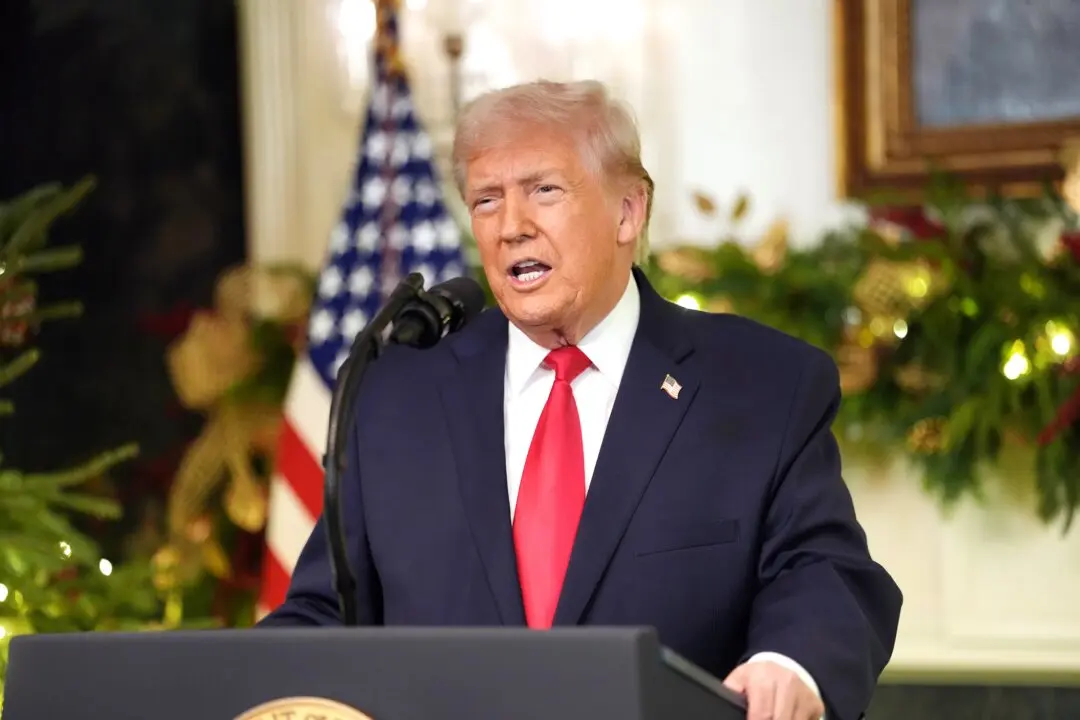Oil prices dipped further in Thursday trading after sharp losses in the previous session, as investor concerns about military flare-ups in the Middle East eased while attention turned to unexpectedly high American petroleum reserves.
U.S. crude oil stockpiles rose 1.2 million barrels last week, the Energy Information Administration (EIA) said in a statement (pdf) on Wednesday, compared to analysts’ forecasts for a drop of 3.6 million barrels.





